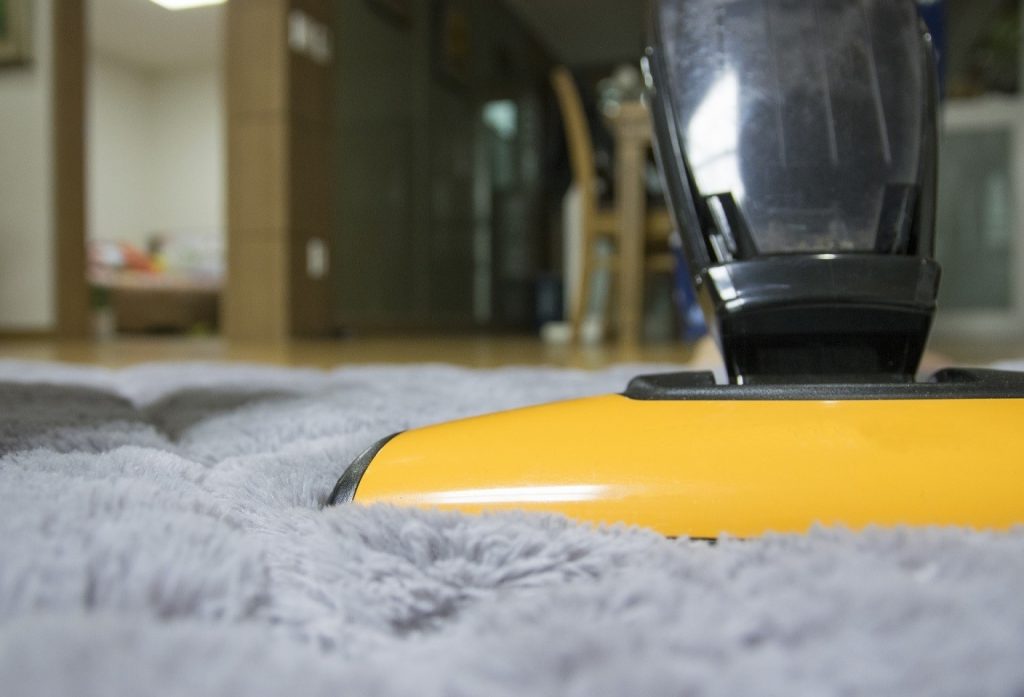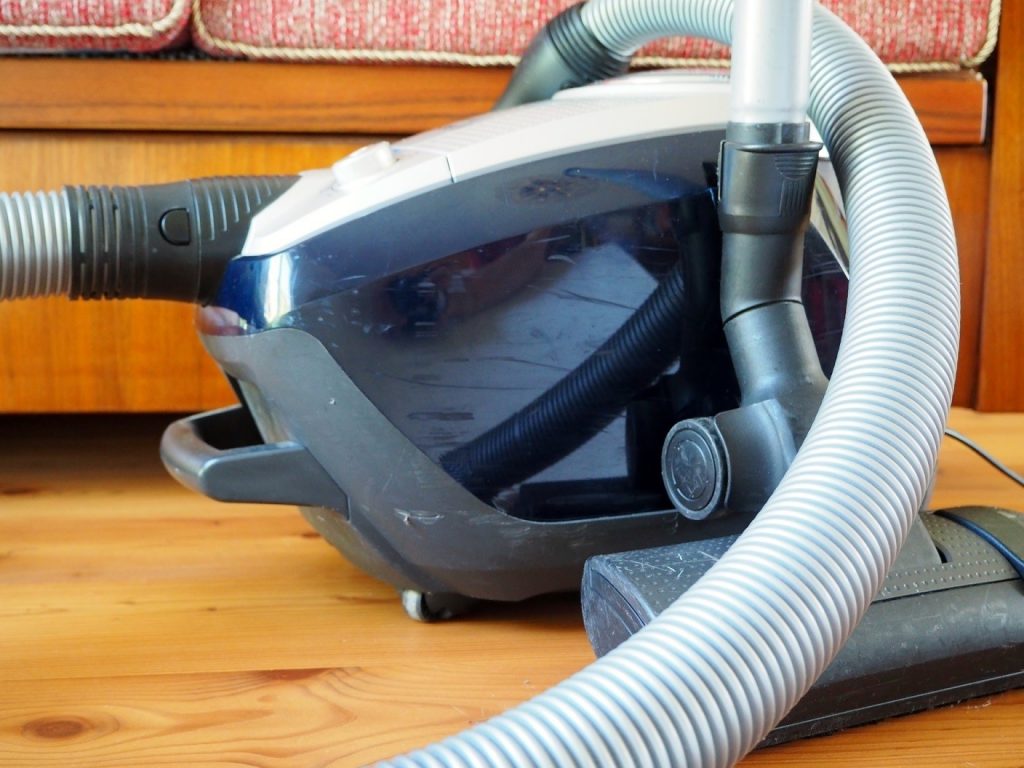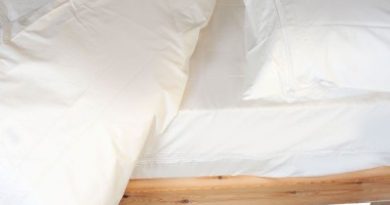Allergy Sufferers: Why Going Bagless With Your Vacuum Is a Bad Idea
Over the past few years bagless vacuums have become increasingly popular, overtaking their bagged counterparts in sales and popularity which is mainly due to their convenience, performance and simplicity.
Although bagless vacuum cleaners are becoming a more and more popular option among customers, there are a few key things that make them not suitable for everyone. Let’s have a look at some of the pros and cons of both bagged and bagless models, so that you can decide which option is right for you.
Advantages and Disadvantages of Bagless Vacuum Cleaners

Unlike bagged vacuum cleaners, bagless models don’t use a bag, but instead they have a reusable plastic bin or container that collects the dirt, which can be emptied out in the trash can after use.
Here are some of the pros and cons associated with these types of vacuums:
The Advantages:
- Cheaper to Use
Since these types of vacuums are bagless, you won’t need to spend any money on bags. Their plastic dirt containers are washable and reusable, which means you won’t need to buy a new container unless you accidentally break it or somehow displace it. They usually come with washable filters as well, although they will need to be replaced every 6 months to a year.
- They have transparent bins
Since all bagless models typically use transparent bins, it’ll be easy for you to see when it’s time to empty out the container.
The process is quite simple and easy so you can empty it out even when it’s not full, as it won’t take you a lot of time.
- They are more eco-friendly
If you use a bagged vacuum cleaner, you’ll probably use up over a 100 paper bags during its lifetime, which will all end up thrown in a landfill after their use – that’s why going bagless would be the more eco-friendly option.
The Disadvantages:
- Requires more maintenance
Unlike bagged vacuums, where you only need to throw out the bag once it’s full and replace it with a new one, bagless vacuums require a more hands-on approach.
Although they are easy to use, you will need to wash the plastic container as well as the filters regularly, so that you can use the vacuum to its full potential. It’s also recommended that you empty out the container outside, so that you don’t release any dust or dirt back into your home while emptying it out.
- Increases your exposure to allergens
Bagless vacuums are less hygienic, since they do not hold in all the dust particles in an air-tight bag, like the bagless models do.
This means that when you empty out the container you risk letting dirt and debris to escape and re-enter the air you bread exposing you to dust and allergens.

Advantages and Disadvantages of Bagged Vacuum Cleaners
Let’s have a look at what makes bagged vacuum cleaners so different from their bagless counterparts so that you can decide which model works best for you and your home.
The Advantages:
- Ease of maintenance
Bagged vacuum cleaners require much less maintenance since their filters are built into the bag and don’t require regular cleaning and washing. Their bags can also hold much more dirt and dust than the plastic containers used in bagless models, and don’t need to be changed too often.
- They use HEPA filters
Although HEPA filtration is becoming a standard practice with many bagless models, they are much more common with the bagged models. The best thing about these types of filters is that they can trap up to 99.97% of dust and pollen from the air, which is an especially important factor for people who suffer from allergies.
- Great for allergy sufferers
As we mentioned before, bagged models usually have a HEPA filter that helps capture most of the dust from the air, but that’s not the only thing that makes this models suitable for allergy sufferers. Bagged models have air-tight bags that do not let any debris or dirt to escape and get released back into the air.
This makes them a much more hygienic and safer option especially when it comes to people who suffer from allergies.
When you are shopping around online for a vacuum cleaner, you can easily find reviews of the best cordless machines around. Some are bagged, while others bagless. Just make sure to check that the specifications are good enough for you.
The Disadvantages:
- Suction power
As the bag fills up, your vacuum’s suction power and performance will decrease since it won’t have optimal airflow.
If you want to avoid having to change the bag half-full, you might want to look for a vacuum cleaner with a bin indicator that lets you know when you need to change the bag. You can also look for vacuums that have air vents around the bag that help with the airflow and maximize the vacuum’s performance.
- Cost for bag replacement
As we mentioned before, bagged vacuum cleaners can use up to 100 bags in their lifetime which is a recurring cost you’ll need to pay.
- Finding replacement bags
If you’re using a vacuum that’s a bit older and not popular or sold anymore, it’ll be hard for you to find bags for it.
If you want to avoid having this issue with your new model, you might want to stock up just in case, so that you don’t run out or replacement bags.
Although we’ve already mentioned that buying bagged vacuum cleaners is oftentimes a better option for allergy sufferers, there are many other ways that you can use to minimize or almost eliminate dust at home while cleaning, which will in turn minimize the allergy issues that you might have.
Here are some of those ways:
- Always clean from top to bottom so that you can capture any dust that might fall on the lower levels.
- Shake and beat the pillows, mats and rungs outside
- Wash your pillows every other month
- Stop using feather dusters
- Clean out your closets regularly




